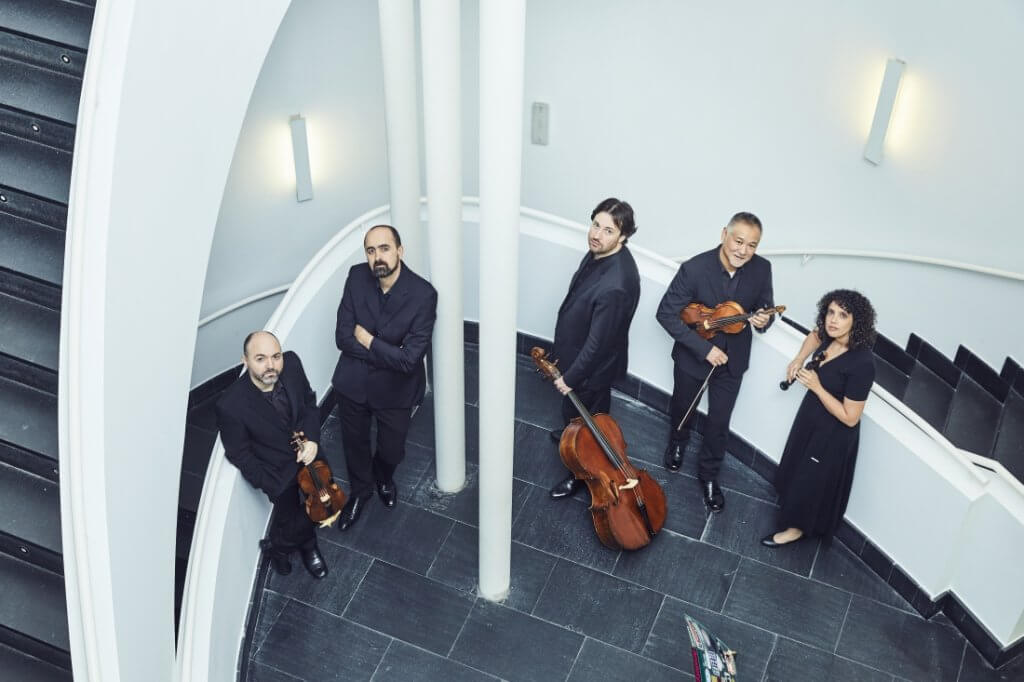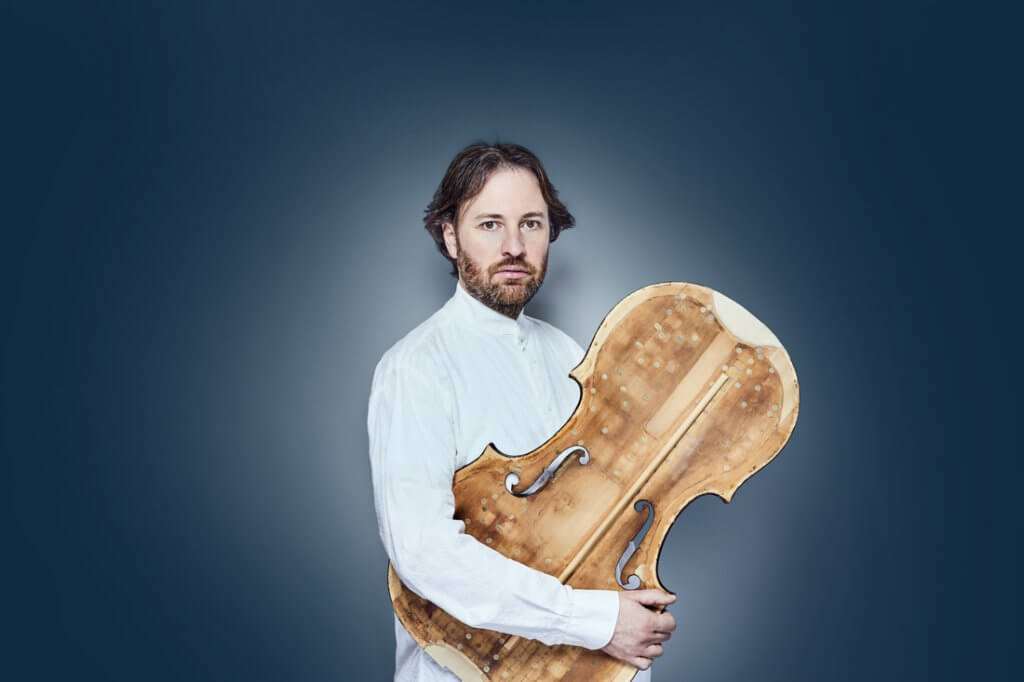Il violoncello brillante
The Virtuoso Cello of Spanish Baroque and Classicism
Summer Refectory
Strahovské nádvoří 1/132, Praha 1
Artists
Daniel Oyarzabal – harpsichord, organ
Daniel Zapico – theorbo, Baroque guitar
Programme
Caldara, Sanz, Boccherini
Antonio Caldara (1671‒1736)
Sinfonia in D major for violoncello solo
Gaspar Sanz (1640‒1710)
Españoletas
Domenico Scarlatti (1685‒1757)
Sonata in F major, K 28
Francesco Paolo Supriano (1678‒1753)
Toccata quinta for violoncello solo
Domenico Porretti (1709‒1783)
Sonata a Solo di Violoncello e Basso G major
Antonio Soler (1729‒1783)
Fandango in D minor, R 146
Luigi Boccherini (1743‒1805)
Sonata in C major for violoncello and basso continuo, G.6
Annotation
Antonio Caldara, Domenico Porretti, Luigi Boccherini, and other masters significantly expanded the possibilities of the cello as a solo instrument and thrilled audiences with it at many a European court. It was at the end of the 17th and during the 18th century that this assertive and virtuoso instrument was born and it enjoyed considerable popularity even in the gallant environment of aristocratic salons.
In the company of the renowned Spanish ensemble La Ritirata and the phenomenal cellist Josetxu Obregón, let us set out on a journey of discovery across Spain and Italy in the Baroque and Classical periods. Looking down on us from the richly decorated ceiling of the Summer Refectory of the Strahov Monastery will be the participants of the heavenly feast, the allegory of the four seasons or all 12 signs of the zodiac.
Venue
Summer Refectory
Strahovské nádvoří 1/132, Praha 1
Partners of the concert
With the kind support of the Instituto Cervantes in Prague, the Embassy of Spain in Prague, the Acción Cultural Española (AC/E) and the Royal Canonry of Premonstratensians at Strahov.
Artists

La Ritirata
Founded in 2008 by Spanish cellist Josetxu Obregón, La Ritirata is dedicated to combining accurate historical awareness (through a knowledge of the instruments and aesthetics of a composer’s time) with the highest levels of artistic quality.
La Ritirata is at home in Baroque musical traditions from across Europe. Bach and Handel figure in the ensemble’s programmes as much as Italian and Spanish composers from the courtly traditions of Early Baroque who feature on the Glossa album “Il Spiritillo Brando”.
And naturally, given the Boccherinian reference in its name, La Ritirata has a special place in its heart for the Classical era composer from Lucca who settled in Spain: programmes of cello sonatas, string trios, and other chamber works feature in the group’s repertoire.

Josetxu Obregón
Baroque cello
Born in Bilbao, he studied cello, chamber music, and conducting at bachelor’s and master’s level in Spain and Holland, where he studied Baroque cello at the Royal Conservatory of The Hague and was mentored by Anner Bylsma.
Josetxu performs on a regular basis at the most prestigious concert halls around the world, including various European countries, at venues such as the Concertgebouw Amsterdam, Tokyo Opera City, the Centro Nacional de las Artes, Mexico City, and the Royal Festival Hall, London. He has played with some of Europe’s most important ensembles, such as the Royal Concertgebouw Orchestra, and, in the context of early music, with Le Concert des Nations (Jordi Savall), the Orchestra of the Age of Enlightenment, and as the principal cellist of L’Arpeggiata (Christina Pluhar), EUBO (the European Union Baroque Orchestra) and Arte dei Suonatori, among others.
Josetxu plays an original 1740 cello made by Sebastian Klotz.




